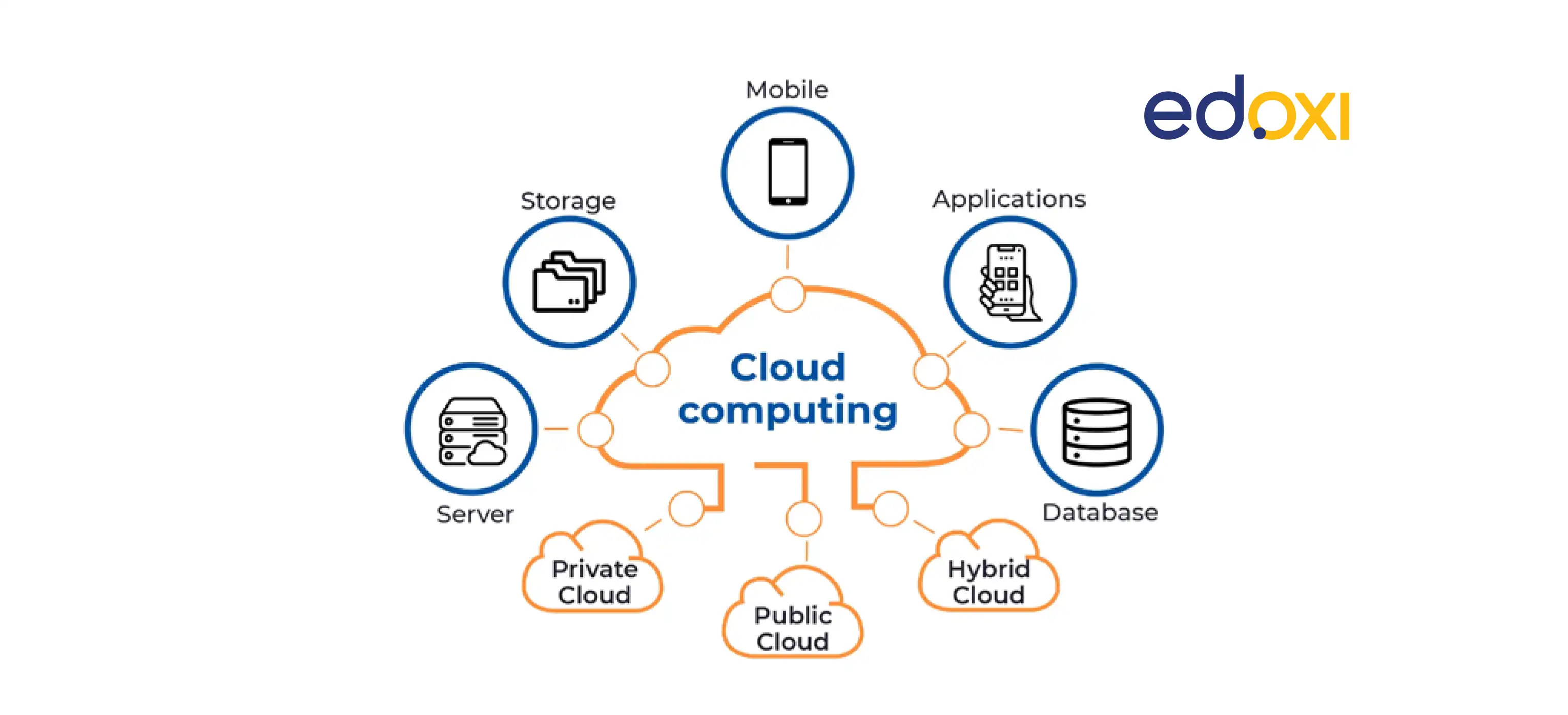LinkDaddy Cloud Services: Cutting-Edge Solutions for Your Service Needs
Wiki Article
Achieve Seamless Scalability With Cloud Provider
In the ever-evolving landscape of cloud services, accomplishing smooth scalability stands as a foundation for contemporary organizations looking for to remain adaptable and competitive. The capability to easily expand or get resources in response to changing needs is an essential advantage in today's hectic electronic setting. By grasping the art of scalable cloud services, organizations can not just maximize efficiency and streamline operations yet also lead the way for future growth and advancement. The pursuit for seamless scalability with cloud services reveals a world of possibilities for those happy to embrace the transformative power of dynamic resource management.Benefits of Cloud Scalability
Cloud scalability supplies companies the flexibility to dynamically readjust resources based upon need, making certain ideal efficiency and expense efficiency. One crucial benefit is the capacity to range resources up or down rapidly in response to varying workloads. This dexterity enables services to meet transforming customer requirements without over-provisioning sources, ultimately bring about set you back financial savings. Scalability likewise improves performance by making sure that systems can deal with enhanced web traffic or work without experiencing downtime or stagnations. By successfully assigning sources, companies can preserve high degrees of efficiency during peak times without unneeded expenditures during quieter periods. Furthermore, cloud scalability promotes innovation and testing by allowing organizations to easily examine brand-new ideas and range them as needed. This flexibility encourages a culture of continuous renovation and adaptation, making it possible for organizations to remain affordable in a quickly developing market landscape. Inevitably, the benefits of cloud scalability expand past cost financial savings to incorporate enhanced efficiency, agility, and innovation.Key Attributes for Scaling
Efficient scaling in cloud solutions relies upon key attributes that enable organizations to adjust resources dynamically based upon demand. One necessary function for scaling is flexibility, allowing resources to scale up or down in feedback to changing work. This makes sure that companies can fulfill performance requirements without over-provisioning resources. Another key function is scalability, allowing systems to take care of raised workload by adding resources effortlessly. This attribute is essential for fitting growth without jeopardizing performance. Additionally, automation plays a crucial role in scaling by automating the provisioning and de-provisioning of resources based on predefined plans. Automation reduces human intervention, enhances effectiveness, and makes sure quick reaction to transforming needs. Tracking and analytics devices are likewise important for scaling, giving insights into resource use, performance metrics, and potential traffic jams. These devices make it possible for organizations to optimize and make educated choices source appropriation for reliable scaling. On the whole, these essential features collectively equip companies to achieve seamless scalability in cloud services.Applying Auto-Scaling Approaches
To efficiently optimize resource allowance read the full info here and adjust to varying workloads, companies should strategically carry out auto-scaling strategies in their cloud services infrastructure. Auto-scaling enables systems to instantly readjust the variety of compute resources based upon real-time demand. There are different auto-scaling approaches that organizations can utilize, such as anticipating scaling, which makes use of historical information to forecast future resource requirements, and responsive scaling, which responds to current workload changes.
Finest Practices for Scalability
For organizations aiming to improve their scalability in cloud solutions, carrying out finest methods is critical for optimum performance and resource monitoring. One trick best method is developing applications with a microservices architecture. This approach breaks down applications into smaller, independent services that can be deployed, updated, and scaled independently, enabling better flexibility and scalability.An additional important practice is using containerization innovation, such as Docker or Kubernetes. Containers make it possible for the product packaging of applications and their dependences right into separated systems, making it much easier to scale elements independently and deploy them constantly throughout different environments.
Additionally, applying automated deployment and framework as code (IaC) can streamline scalability efforts (linkdaddy cloud services). Automation devices like Terraform or Ansible assistance in provisioning and handling sources effectively, reducing hands-on errors and allowing fast scalability
Furthermore, checking performance metrics, setting up informs, and performing normal capacity planning are important techniques to ensure proactive scalability management. By adhering to these best methods, companies can achieve smooth scalability in their cloud services while enhancing performance and source application.
Tracking Efficiency Metrics
When analyzing the performance of cloud solutions scalability, very closely keeping track of efficiency metrics is important for making certain optimum capability and resource appropriation. By continually tracking key efficiency indications (KPIs) such as feedback times, try this website source, throughput, and latency usage, companies can gain useful insights into the health and wellness and performance of their cloud infrastructure. Keeping an eye on efficiency metrics permits for the very early detection of possible traffic jams or issues that could affect scalability, allowing positive my company procedures to be taken to resolve them prior to they rise.

Final Thought
To conclude, attaining seamless scalability with cloud solutions is important for organizations to enhance performance, enhance innovation, and preserve high performance levels throughout peak times. By leveraging the benefits of cloud scalability, applying auto-scaling methods, utilizing vital attributes such as flexibility and automation, and following best techniques like application style and performance tracking, businesses can effectively scale their systems while making best use of resource usage and efficiency.The mission for seamless scalability with cloud services unveils a globe of possibilities for those ready to accept the transformative power of dynamic resource management.
Cloud scalability offers organizations the versatility to dynamically readjust sources based on need, ensuring optimum performance and expense performance. One more crucial function is scalability, making it possible for systems to deal with enhanced workload by including resources effortlessly.For companies intending to improve their scalability in cloud solutions, implementing ideal practices is essential for optimal performance and source administration.When assessing the performance of cloud solutions scalability, carefully monitoring efficiency metrics is vital for ensuring optimum capability and resource appropriation.
Report this wiki page